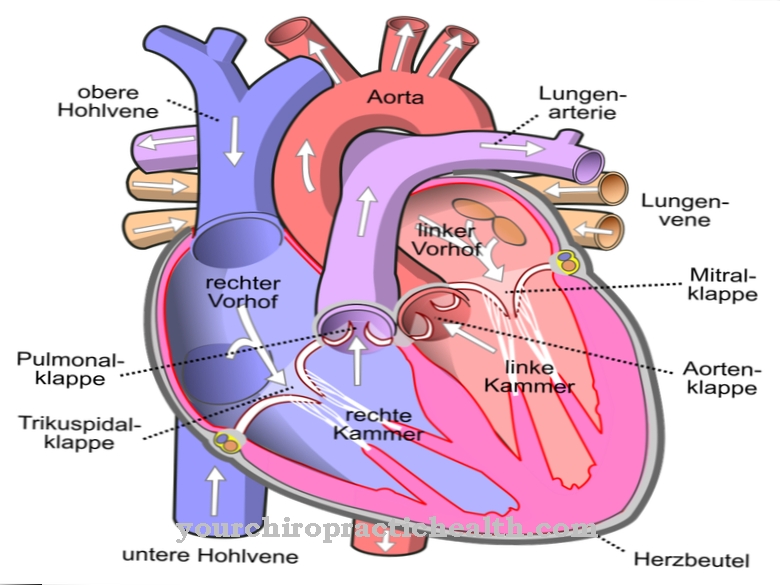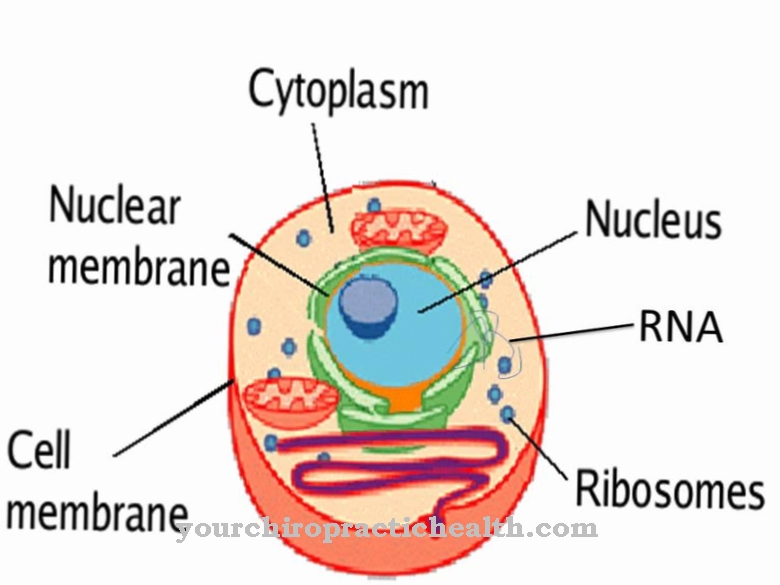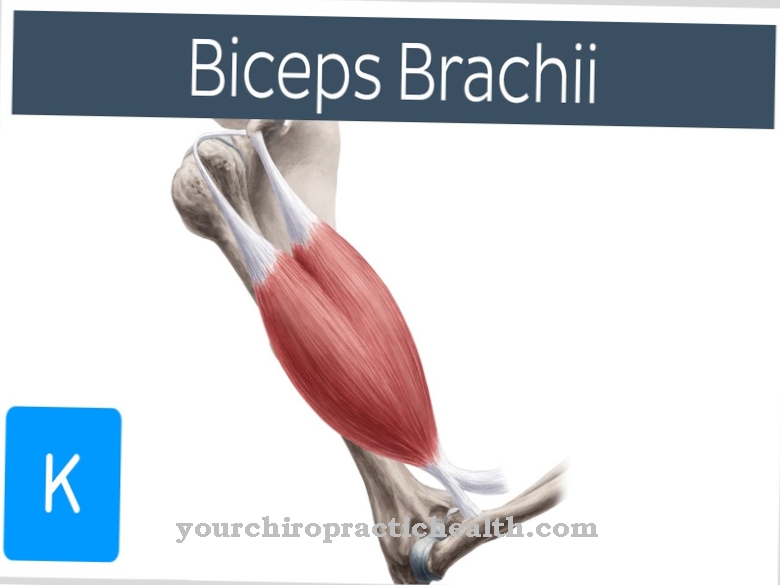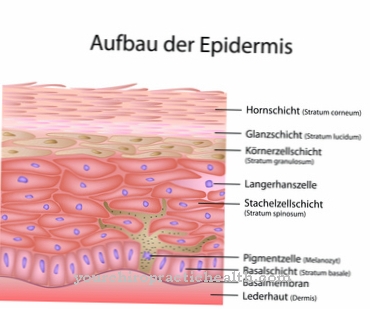The Wernicke Center is the sensory language center of humans and ensures speech understanding. Since thinking is inextricably linked to language, the Wernicke Center not only plays a role in language production and processing, but also in every human thought process. Damage to the area often results in a personality change.
What is the Wernicke Center?
Doctors and biologists refer to the areas of the brain that play an essential role in language processing and production as language centers. In principle, the brain represents a network, the individual areas of which are interconnected.
Language processing and language production cannot therefore be limited to individual areas. So what is known as the language center is not the only essential brain structure for language. However, the language center is characterized by a significantly higher level of participation in language production and processing than other parts of the brain. Together with the Broca area, in the current state of medicine, the Wernicke area in particular is referred to as the language center.
This area of the brain was first described in the 19th century by the German neurologist Carl Wernicke. The Wernicke Center is that sensory language center, which is particularly important for semantic relationships. The brain area corresponds to a cortical cerebral area and lies within the parietal and temporal lobes.
Anatomy & structure
The Wernicke area lies on the dorsal part of the superior temporal gyrus and extends from there to over the angular and supramarginal gyri in the parietal lobe, which correspond to Brodmann areas 22, 39 and 40.
The sensory language center is located in the dominant hemisphere and is therefore left-hemisphere for right-handers, while it can be right-hemisphere for left-handers. The Wernicke Center receives its projections from different parts of the brain. Afferent entrances mainly reach the area from the auditory cortex. For this reason, the Wernicke center is considered to be part of the secondary auditory cortex. In addition to the afferents from the primary auditory cortex (gyri temporalis transversi or Heschl transverse turn), the brain area has a close relationship with the secondary visual cortex.
The projections run over the angular gyrus. In addition, the Wernicke Center is reciprocally connected to motor language areas such as the Broca area. This connection mainly corresponds to the arcuate fasciculus. The Wernicke Center makes projections into numerous fields of association in which what is heard experiences integrative processing. The connections between the Wernicke language center and the motor language center are particularly noteworthy in this context. The fibrae arcuatae cerebri play a major role in this. Since language education is inextricably linked with language understanding, the Broca Center cannot fulfill its task without the inlets of the Wernicke area.
Function & tasks
Together with the Broca area, the Wernicke Center is significantly involved in language understanding and language production. While the Broca Center is primarily responsible for language production, including all the movements required for this, the Wernicke Center is primarily responsible for semantic language processing and thus language understanding.
The inputs from the auditory cortex provide the Wernicke Center with auditory sensory stimuli that are processed and thus understood within the area. In turn, the Broca Center draws on the semantic understanding of the Wernicke Center for language production. Speech movements can be meaningfully carried out via the efferents between the Wernicke and Broca centers and are only understandable in this way. In addition to semantic processing, the Wernicke Center also integrates language and text content that corresponds to language understanding.
Since the Wernicke center interacts continuously with the Broca center and thus the speech-motor cortex areas, the part of the brain in speech production is responsible for the semantic level of language, as it is relevant for arbitrary linguistic communications and language reactions to external sensory stimuli. Both language centers are irreplaceable for human communication. During evolution, humans moved away from non-verbal communication and focused more and more on the verbal act of communication.
The Wernicke and Broca centers play an important role in this evolutionary biological feature. It is also now known that large parts of human thinking are linked to language. For example, as long as someone does not know a word for a particular object, it is more difficult to remember.
You can find your medication here
➔ Medicines to improve concentration and language skillsDiseases
Like all other parts of the brain, the Wernicke Center can be damaged by violence, inflammation, tumors, degenerative diseases, insufficient oxygen supplies and bleeding. The complete or partial loss of the Wernicke region leads to sensory aphasia.
This type of language disorder manifests itself through symptoms such as impaired speech understanding. The extent of these disorders depends on the severity of the damage. Unlike patients with motor aphasia, sounds made with sensory aphasia can imitate to a limited extent, but they do not understand what is being said. Since language comprehension also plays a role in language production, there are also comprehension disorders, language production disorders. In many cases, patients with damage to the Wernicke area only produce arbitrary laure series that arouse little understanding from outsiders or themselves.
Since the Wernicke center is connected to the auditory cortex, damage to the Wernicke area can also lead to the inability to assign auditory impressions. For example, if you stand next to a starting car, you can hear the engine but do not associate the sound with its actual source. Patients with damage to the Broca Center can only communicate verbally to a limited extent, but written communication is still possible. If the Wernicke Center is damaged, both types of communication are impossible.
Since all human thinking is linked to language, patients with impaired language comprehension show general weaknesses in thinking, which often lead to a serious change in personality.


























